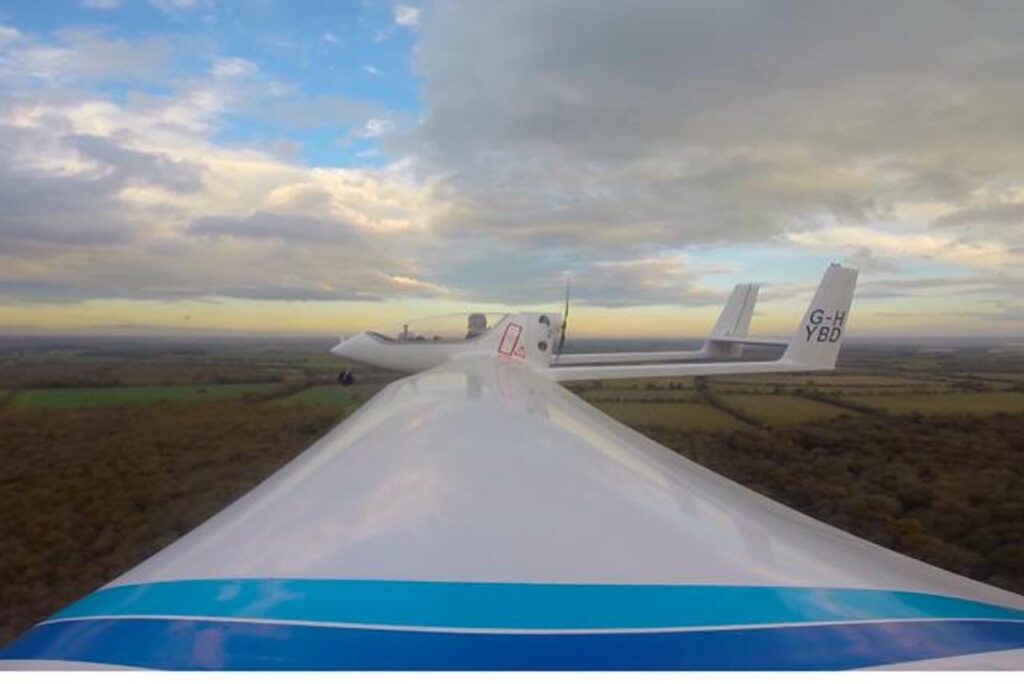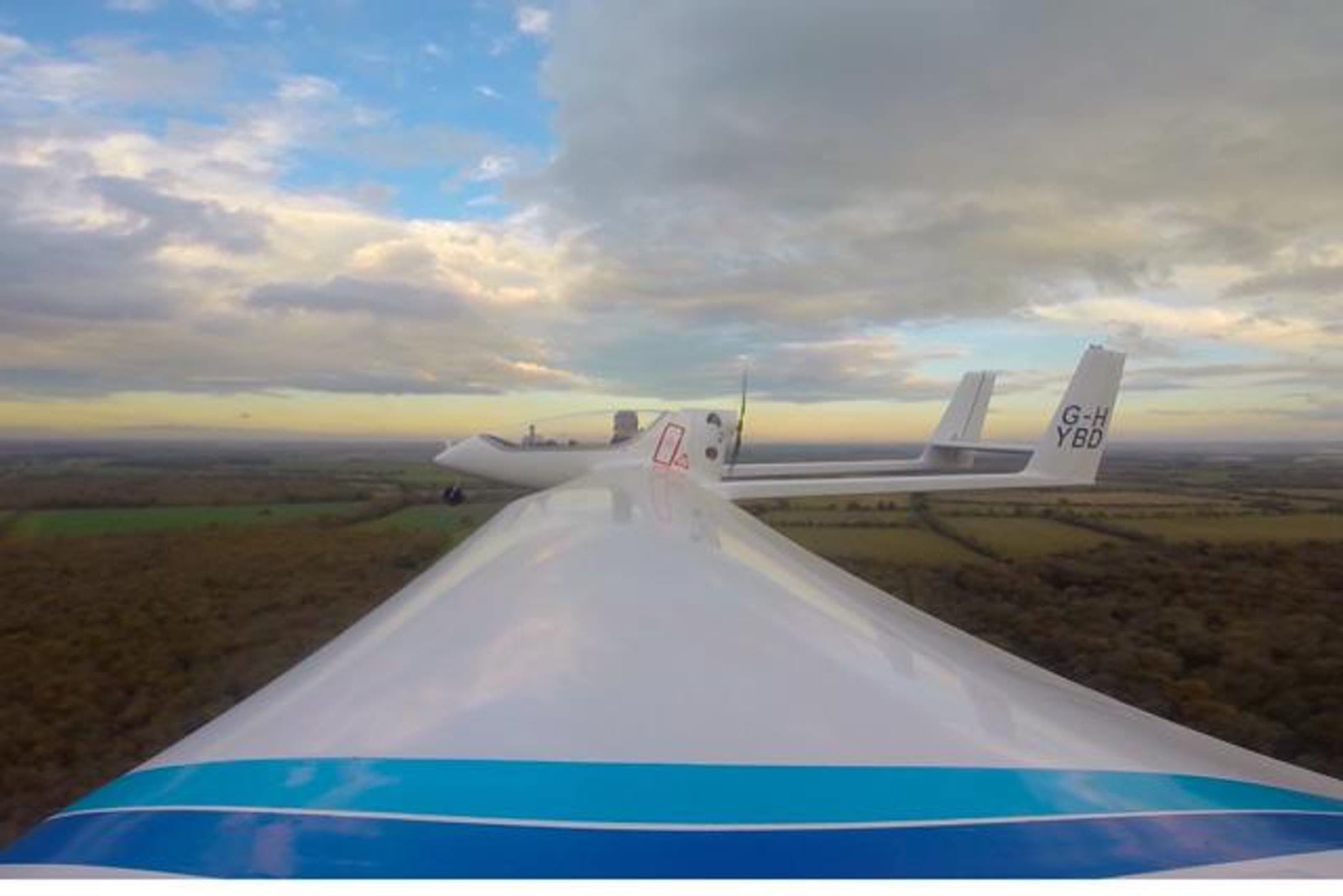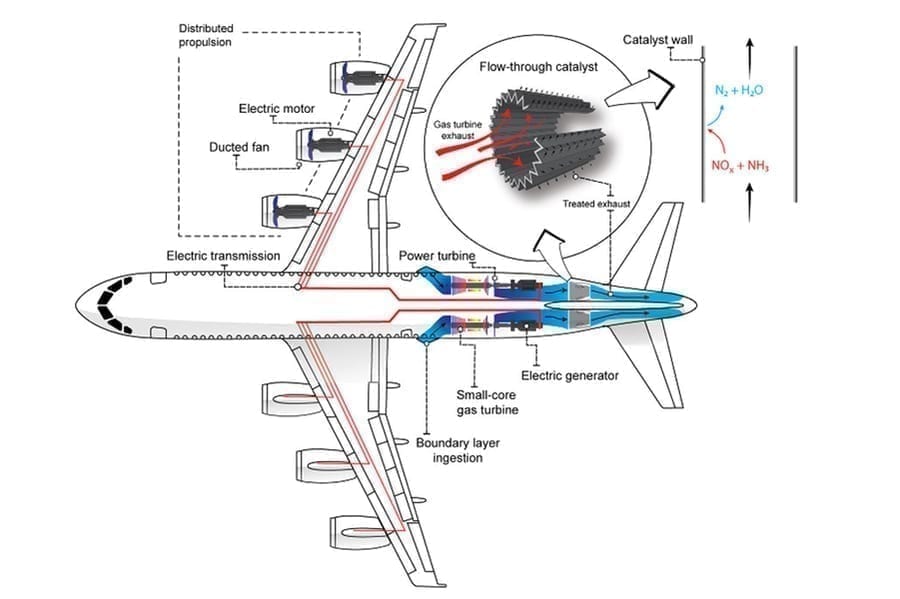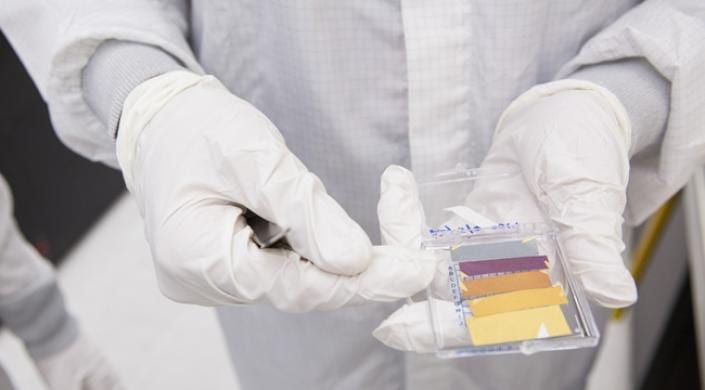
An aircraft with a parallel hybrid engine – the first ever to be able to recharge its batteries in flight – has been successfully tested in the UK, an important early step towards cleaner, low-carbon air travel
Researchers from the University of Cambridge, in association with Boeing, have successfully tested the first aircraft to be powered by a parallel hybrid-electric propulsion system, where an electric motor and petrol engine work together to drive the propeller. The demonstrator aircraft uses up to 30% less fuel than a comparable plane with a petrol-only engine. The aircraft is also able to recharge its batteries in flight, the first time this has been achieved.
The demonstrator is based on a commercially-available single-seat aircraft, and its hybrid engine was designed and built by engineers at Cambridge with Boeing funding support.
The aircraft uses a combination of a 4-stroke piston engine and an electric motor / generator, coupled through the same drive pulley to spin the propeller. During take-off and climb, when maximum power is required, the engine and motor work together to power the plane, but once cruising height is reached, the electric motor can be switched into generator mode to recharge the batteries or used in motor assist mode to minimise fuel consumption. The same principle is at work in a hybrid car.
“Although hybrid cars have been available for more than a decade, what’s been holding back the development of hybrid or fully-electric aircraft until now is battery technology,” said Dr Paul Robertson of Cambridge’s Department of Engineering, who led the project. “Until recently, they have been too heavy and didn’t have enough energy capacity. But with the advent of improved lithium-polymer batteries, similar to what you’d find in a laptop computer, hybrid aircraft – albeit at a small scale – are now starting to become viable.”
The hybrid power system in the Cambridge demonstrator is based on a Honda engine, in parallel with a custom lightweight motor. A power electronics module designed and built in the Engineering Department controls the electrical current to and from the batteries – a set of 16 large lithium-polymer cells located in special compartments built into the wings. The petrol engine is optimally sized to provide the cruise power at its most efficient operating point, resulting in an improved fuel efficiency overall.
Take me to the story: Watts up – aeroplanes go hybrid-electric










